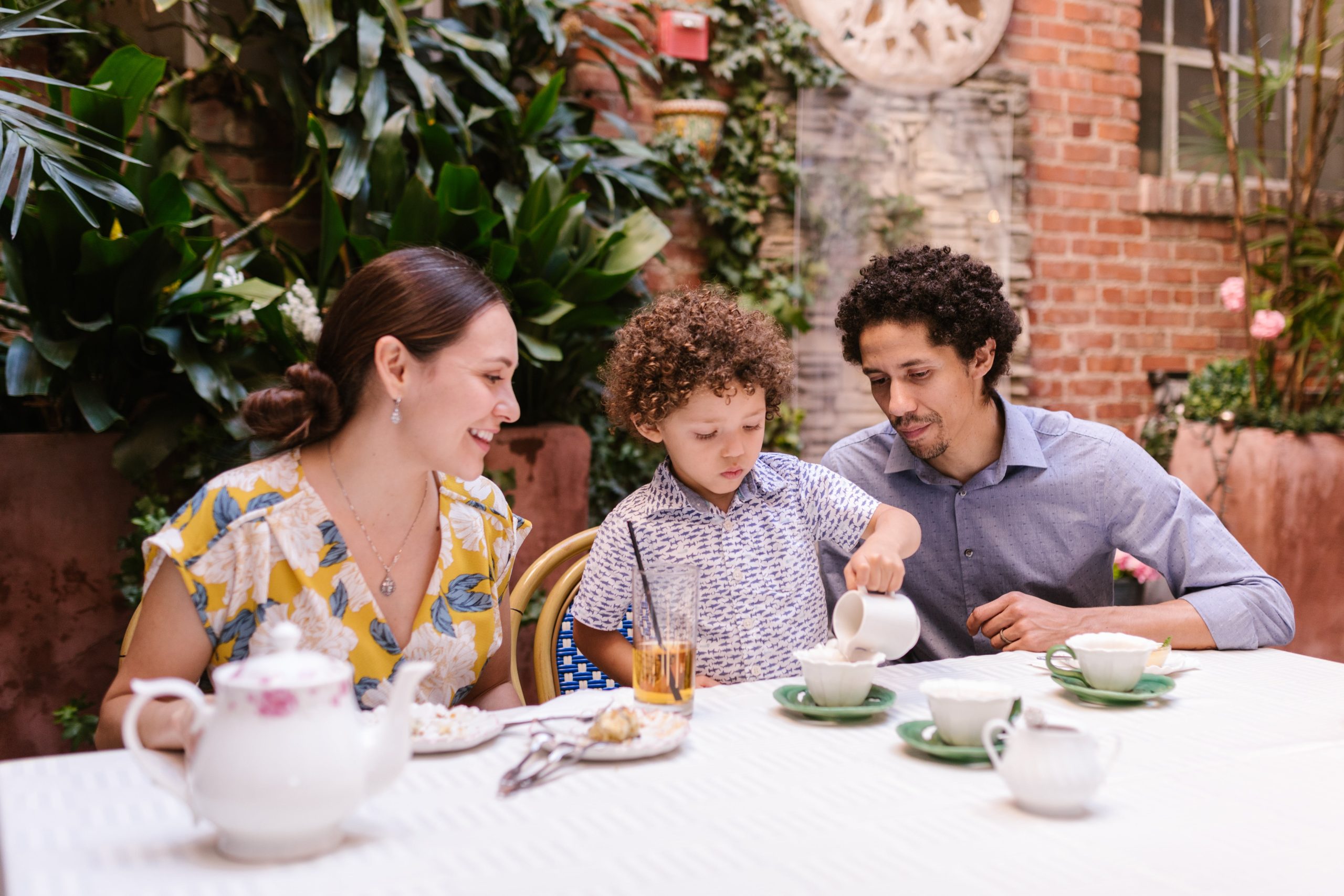Children’s Mental Health Week: Mindfulness for Mini-Minds
5th-11th February is Children’s Mental Health Week! This week serves as a reminder of the importance of nurturing the mental wellbeing of our youngest generation. This year’s theme, “My Voice Matters”, highlights the importance of empowering young minds. To successfully give a voice to a child, you must first encourage them to become greater connected with themselves and aware of their own thoughts and feelings through techniques like mindfulness.
In today’s article, we’ll dive into the significance of mindfulness for children’s mental health and provide practical instructions tailored to mini-minds.
The Benefits of Mindfulness for Children’s Mental Health
Mindfulness is the practice of being fully present in the moment, without judgement. It involves paying attention to our thoughts, emotions, and surroundings with openness and curiosity. For children, mindfulness can be a transformative tool to enhance their mental health in various ways:
1. Emotional Regulation: A study on “Mindfulness-Based Program for Infants and Parents” (2016) by M. Duncan et al. found that mindfulness interventions with young children resulted in improved emotional regulation, reduced reactivity, and increased emotional awareness. By observing their feelings without judgement, they can learn to manage their reactions and develop healthier emotional responses.
2. Stress Reduction: According to research by The Children’s Society, 1 in 6 children aged 5-16 are likely to have a mental health problem such as stress and anxiety. Mindfulness provides them with techniques to calm their minds, reduce stress, and enhance their ability to cope with challenging situations.
There are plenty of practical ways you can incorporate mindfulness into children’s days. This balloon breathing exercise can help children develop more awareness by focusing on their breath and promoting relaxation:
1. Find a quiet and comfortable place for the child to sit or lie down. It’s best if they can sit up straight with their hands resting gently on their laps.
2. Explain to the child that you’re going to do a special breathing exercise called “Balloon Breathing.” Tell them that they will use their imagination to fill a balloon with air as they breathe in.
3. Start by taking a slow, deep breath in through the nose, encouraging the child to do the same. As they inhale, ask them to imagine that they are gently blowing up a balloon. They can even pretend to hold an imaginary balloon if it helps.
4. As they breathe in, encourage them to feel their chest and belly expanding, just like the balloon filling with air. Emphasise the idea that they are taking in calm and positive energy.
5. After taking a deep breath in, encourage them to exhale slowly and steadily through their mouth, as if they are releasing the air from the balloon. Encourage them to visualise the balloon deflating.
6. Repeat this process for several breaths, guiding the child through the exercise. You can say something like, “Breathe in, filling up the balloon, and breathe out, letting the air out slowly.”
7. Encourage the child to continue the exercise for as long as they feel comfortable. You can set a timer for a minute or two to make it a short and manageable practice, especially for younger children.
8. Remind the child that they can return to this exercise anytime they need to relax, calm down, or refocus their thoughts during the day.
Our Top Tips for this exercise:
– Use a soft and soothing tone when guiding the child through the exercise.
– You can incorporate playful elements by asking the child about the colour or shape of their imaginary balloon.
– Encourage the child to pay attention to the sensations of their breath, the rise and fall of their chest, and the feeling of relaxation that comes with each breath.
This simple Balloon Breathing exercise can be a fun and engaging way for children to begin exploring mindfulness and building their capacity to stay present in the moment. It can be particularly helpful for calming anxious or restless feelings.
Practical Relaxation Techniques for Children
Here are some more mindfulness-based relaxation techniques tailored to children that you can try out to promote their mental wellbeing:
1. Body Scan: Have your child lie down comfortably and close their eyes. Ask them to focus on their breath and then guide their attention to different parts of their body, starting from their toes and moving up to their head. This body scan helps them connect with their physical sensations and release tension.
2. Mindful Colouring: Provide your child with colouring materials and invite them to colour mindfully. Encourage them to focus on the colours, shapes, and sensations of colouring without worrying about the end result. Colouring can be a calming and creative way for children to express themselves.
3. Nature-based Mindfulness: Take your child on a nature walk and encourage them to use their senses to explore the natural world around them. Ask them to notice the sounds of birds, the feel of the wind, or the colours of flowers. Connecting with nature can be deeply soothing and grounding.
During Children’s Mental Health Week and beyond, let’s empower our children to support their mental health. By introducing them to these mindful techniques, we can help to provide them with valuable tools to navigate the challenges of life while fostering meaningful connections with themselves.
Back To Posts


